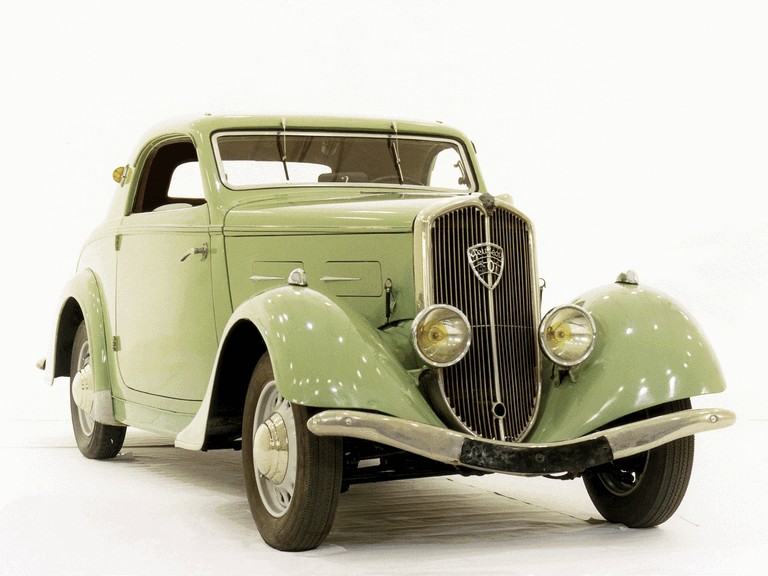

The Peugeot 301 name refers to two distinct models produced decades apart: an original classic car from the 1930s and a modern subcompact sedan launched in 2012 for emerging markets.
Peugeot 301 (1932–1936)
This first generation 301 was a mid-size family car that was a commercial success in France, with approximately 70,000 units produced.
Key Features: It was one of the first volume-produced cars to be equipped with independent front suspension from launch, which improved handling and reduced steering wheel vibration. It also had a 12-volt electrical system and was available with an electro-magnetic automatic clutch option.
Body Styles: The 301 was produced in numerous body styles, including a 4-door saloon, a 7-seater limousine, a coupé, a cabriolet, a roadster, and a tall van body version. A special "Eclipse" variant was one of the first cars to experiment with a folding metal roof.
Engine: It was powered by a 1.5L (1465 cc) inline-four engine producing around 35 bhp.
Peugeot 301 (2012–present)
The second iteration of the 301 is a modern, robust, and spacious subcompact sedan designed specifically for emerging markets in the Middle East, Africa, and Latin America.
Key Features: The modern 301 prioritizes durability and comfort on varying road conditions, with features such as reinforced components and good ground clearance. It offers modern amenities like a touchscreen multimedia system with Apple CarPlay and Android Auto in facelifted versions. It is known for having a particularly large boot (trunk) capacity for its segment.
Engine Options: The car is available with a range of modern petrol and diesel engines, including a 1.2L three-cylinder and a 1.6L four-cylinder, with power outputs ranging from 72 hp to 115 hp, paired with manual or automatic transmissions.
Design: The design incorporates Peugeot's contemporary styling cues, with precise lines and an assertive front grille displaying the modern logo.